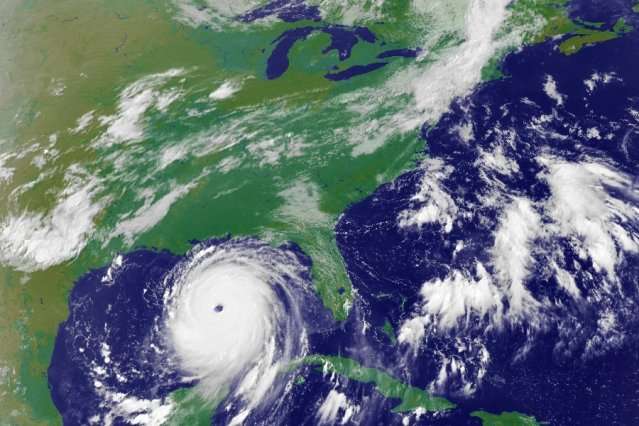How to improve critical hurricane-related supply chains

Researchers from the MIT Humanitarian Supply Chain Lab have released a new report on critical supply chains during hurricanes and how they might be better managed in future U.S. disasters.
The report summarizes the lab's December 2017 roundtable, "Supply Chain Resilience: Restoring Business Operations Following a Hurricane," which convened 40 supply chain leaders from both the public and private sectors to discuss the challenges brought on by the record-breaking 2017 hurricane season. The discussion addressed how better information sharing and resource coordination could accelerate the restoration of business operations serving disaster-affected populations.
The discussions revealed potential opportunities for improvement, especially in the realm of business-government coordination. For example, pre-crisis supply chain mapping and post-crisis visibility may enable better management of resources. In cases where detailed real-time data is impractical, aggregate indicators and sentinel data sources could provide timely, actionable insights. Better relationships among businesses and the many government agencies in all levels of jurisdictions could improve coordination in a crisis. Although the future of disasters may be dynamic and unbounded, research, development, and rehearsal of resilience strategies can help mitigate the black swans to come.
MIT Humanitarian Supply Chain Lab Director Jarrod Goentzel released the report to coincide with the start of the new FEMA-sponsored Post-hurricane Supply Chain Adaptability Study. The study, led by the National Academies of Sciences, Engineering, and Medicine looks at issues related to the resilience of supply chains during disasters to better understand how supply and demand networks react to severe disruptions, including the role of logistics management in preparing for and responding to extreme events.
Goentzel will lead a team to analyze private sector supply chain capabilities for critical commodities.
"This is a great opportunity to continue the learning from recent events and further develop ideas that surfaced at this roundtable," he says.
Those ideas focus on the transport of food, fuel, water, pharmaceutical supplies, and medical equipment to affected communities, and how data gathering, analysis, communication, and prioritization can be improved.
More information: Resilience: Restoring Business Operations After a Hurricane: ctl.mit.edu/resilience-operations-hurricane
Provided by Massachusetts Institute of Technology
This story is republished courtesy of MIT News (web.mit.edu/newsoffice/), a popular site that covers news about MIT research, innovation and teaching.
















